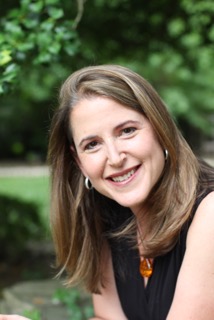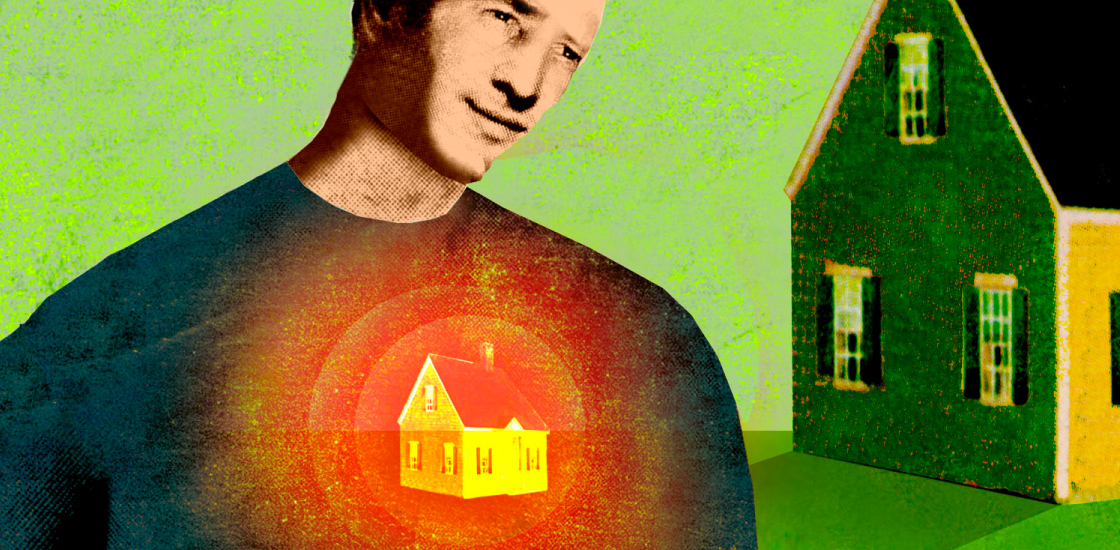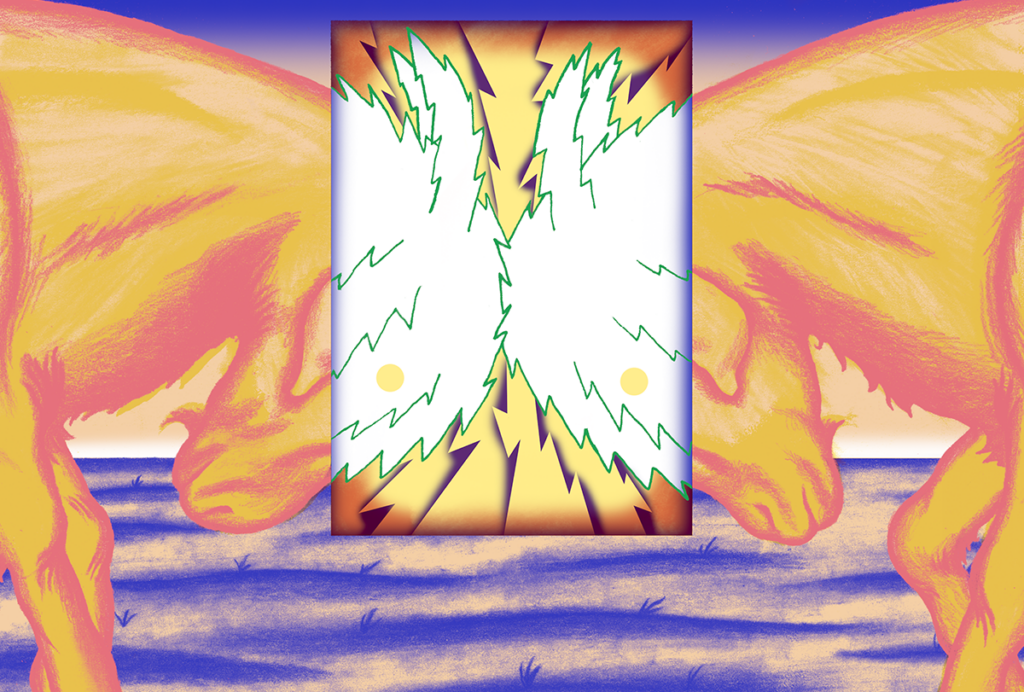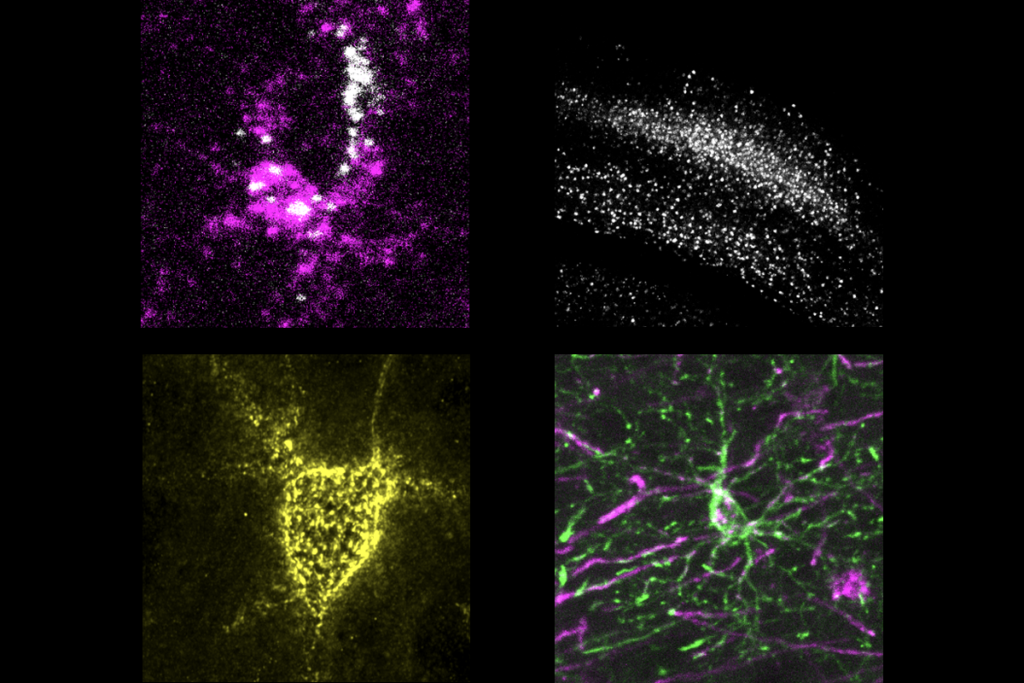Amy S.F. Lutz is a historian of medicine at the University of Pennsylvania in Philadelphia, vice president of the National Council on Severe Autism and the parent of a profoundly autistic son, Jonah, 24. She has written about profound autism for many platforms, including The Atlantic, Psychology Today, Spectrum and Slate. Her most recent book is “Chasing the Intact Mind: How the Severely Autistic and Intellectually Disabled Were Excluded From the Debates That Affect Them Most” (2023). She is also the author of “We Walk: Life With Severe Autism” (2020) and “Each Day I Like It Better: Autism, ECT, and the Treatment of Our Most Impaired Children” (2014). She lives outside of Philadelphia with her husband and whichever of her five children happen to be home at the time.

Amy S.F. Lutz
Writer
From this contributor
Building bridges: Collaboration across the autism community
An autistic person and the mother of an autistic child explore partnership in the autism community.

Building bridges: Collaboration across the autism community
Adults with disabilities deserve right to choose where to live
The idea that one residential model is appropriate for the entire spectrum of intellectual and developmental disability is patently absurd.

Adults with disabilities deserve right to choose where to live
Explore more from The Transmitter
Alex Maier argues that a scientific explanation of consciousness requires grounding in formalized mathematics
When it comes to discovering laws of nature for consciousness similar to those in physics, Maier argues that integrated information theory is the only game in town.
Alex Maier argues that a scientific explanation of consciousness requires grounding in formalized mathematics
When it comes to discovering laws of nature for consciousness similar to those in physics, Maier argues that integrated information theory is the only game in town.
Neuro’s ark: How goats can model neurodegeneration
Since debunking an urban legend that headbutting animals don’t damage their brain, Nicole Ackermans has been investigating how the behavior correlates with neurodegeneration.

Neuro’s ark: How goats can model neurodegeneration
Since debunking an urban legend that headbutting animals don’t damage their brain, Nicole Ackermans has been investigating how the behavior correlates with neurodegeneration.
Astrocytes stabilize circuits in adult mouse brain
The glial cells secrete a protein that suppresses plasticity post-development.

Astrocytes stabilize circuits in adult mouse brain
The glial cells secrete a protein that suppresses plasticity post-development.